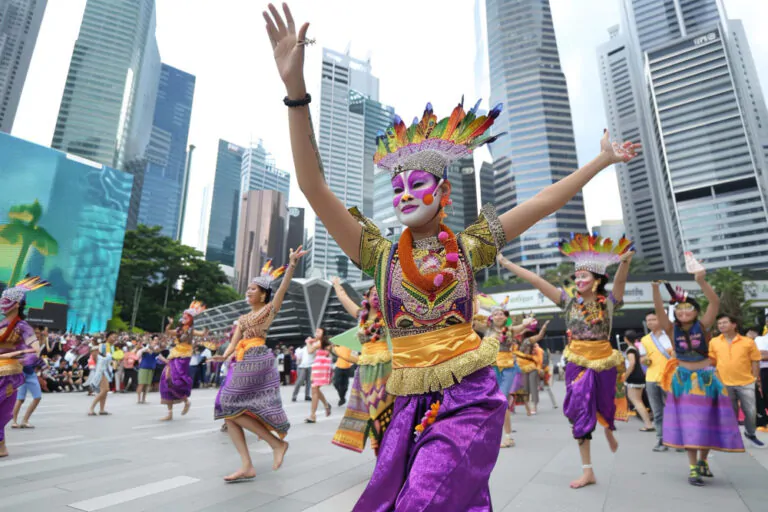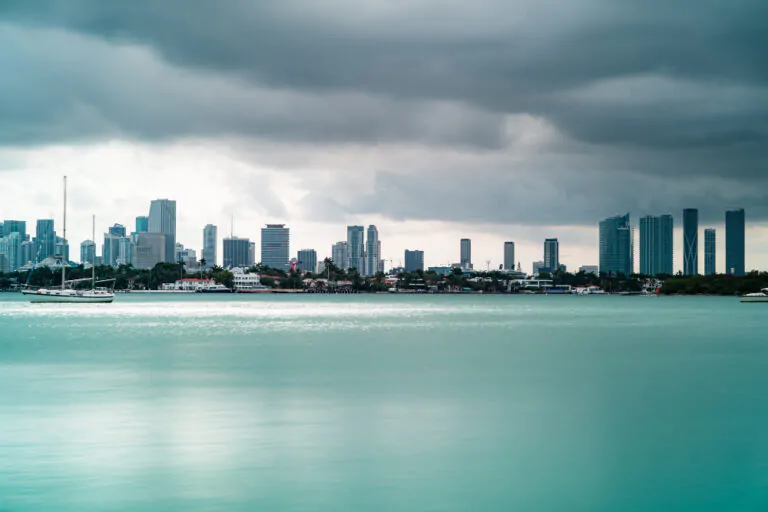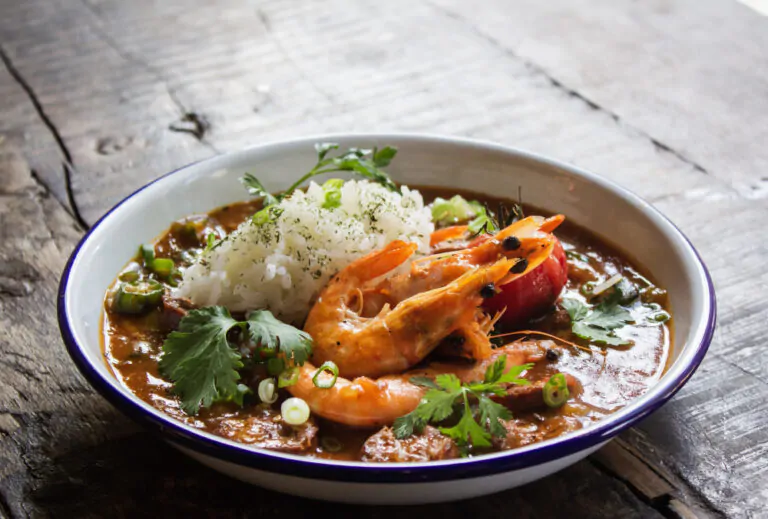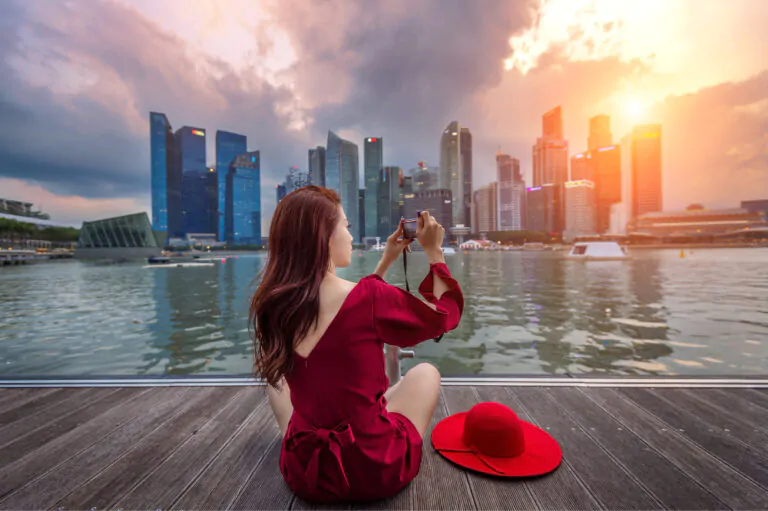About Singapore
Singapore: A Corporate and Financial Giant
Singapore Travelers Guide – despite its small size, stands as a corporate and financial powerhouse. It has been Southeast Asia’s most successful city for over a century. The city seamlessly blends Malay, Chinese, Arab, Indian, and English cultures and religions. This ethnic diversity offers visitors a wide array of sightseeing and culinary options. The calendar is always bustling with business conventions, expos, celebrations, and holidays. With so many events throughout the year, there’s never a dull moment in Singapore.
Diverse Cultural Experiences
Efficient Infrastructure and Tourism
Tourism is exceptionally well catered for, and many countries aspire to replicate Singapore’s impressive infrastructure. The capital city, also named Singapore, covers about one-third of the total island. Located at the tip of the Malay Peninsula, Singapore’s tropical climate welcomes both leisure and business travelers year-round. The island republic’s excellent infrastructure enables visitors to enjoy its many attractions in a safe, clean, and green environment.
Natural Beauty and Green Spaces
Visitors are immediately struck by Singapore’s abundance of parks, nature reserves, and lush, tropical greenery. The city is a green haven amidst urban development, with numerous green spaces providing a refreshing escape. Gardens by the Bay, the Singapore Botanic Gardens, and various nature parks offer tranquil spots to relax and enjoy the natural beauty. These green spaces are meticulously maintained, reflecting the government’s commitment to environmental conservation.
Cultural Hotspots and Attractions
Shopping and Dining Experiences
The shopping and dining experiences in Singapore are unparalleled. Orchard Road, a shopper’s paradise, features high-end boutiques, department stores, and a variety of dining options. Hawker centers like Maxwell Food Centre and Lau Pa Sat offer a taste of local cuisine in a lively, authentic setting. The city’s diverse food scene includes everything from street food to fine dining, catering to all tastes and budgets. Culinary delights reflect the multicultural influences that shape Singapore’s identity.
Business and Innovation
Singapore's Remarkable Advancement
Path to Prosperity
Clean and Safe Environment
Singapore Travelers Guide
Colonial District Charm
Little India and Chinatown
Little India captivates visitors with its vibrant colors, aromas, and bustling markets. The district is a hub for Indian culture, featuring temples, eateries, and shops selling traditional goods. Chinatown, on the other hand, offers a mix of old and new, with heritage shophouses standing alongside modern developments. This area is known for its delicious street food, cultural festivals, and historic temples. Both districts provide unique insights into the multicultural fabric of Singapore.
Arab Quarter and Its Allure
Modern Marvels and Heritage Sites
Singapore’s cityscape is a blend of modern marvels and heritage sites. Iconic structures like Marina Bay Sands and the Esplanade coexist with historic buildings and temples. This juxtaposition creates a skyline that tells the story of the city’s development. Visitors can appreciate the meticulous planning and design that have shaped Singapore into a world-class city. The combination of cutting-edge architecture and well-preserved heritage sites adds to the city’s allure.
Nature Parks and Wildlife Attractions
North of the city are two notable nature parks, Bukit Timah and the Central Catchment Area, situated alongside the renowned Singapore Zoological Gardens. These parks offer visitors a chance to experience Singapore’s rich biodiversity. The eastern coast features excellent seafood restaurants set along long stretches of sandy beaches. More than fifty islands and islets lie within Singaporean waters, all of which are easily accessible. Day trips to Sentosa, a fun-filled island connected to the mainland by a short boulevard and road, are especially popular.
Abundant Entertainment Options
Music, theater, and nightlife thrive in this vibrant city. Singapore was once viewed as a stopover destination en route to larger Asian cities. This perception has changed dramatically. Visitors now seek out Singapore not only for business opportunities but also for its wealth of entertainment and cultural experiences. Families bring their children for fascinating adventures, discovering the city’s many attractions together. The transformation into a destination city is evident in the bustling tourism industry.
The City-State of Singapore
Technological Hub of Asia
Strict Regulations and Public Order
Singapore offers another unique attribute: strict government regulation. Some may perceive these laws as overly restrictive, but visitors quickly discover their positive impact. The city is known for its cleanliness and safety, largely due to the enforcement of regulations like littering and jaywalking fines. Residents adhere to these rules, creating a well-ordered society. Visitors often leave praising Singapore’s public policies, recognizing that these laws contribute to the city’s high standards of living.
Cleanliness and Safety
The strict regulations ensure that Singapore remains one of the cleanest and safest cities in the world. Public areas are meticulously maintained, and crime rates are low. This environment makes it an attractive destination for tourists and expatriates. The sense of security and cleanliness enhances the overall experience, allowing visitors to explore the city with peace of mind. The government’s commitment to maintaining these standards is evident in every aspect of city life.
Cultural Diversity and Harmony
Singapore’s multicultural society is a testament to its commitment to diversity and harmony. The city celebrates various cultural festivals and traditions, reflecting the rich heritage of its residents. This cultural diversity is evident in the food, festivals, and daily interactions. Singapore’s ability to integrate different cultures seamlessly is one of its greatest strengths. Visitors can experience a wide range of cultural activities, from traditional ceremonies to modern performances, all within the same city.
Urban Green Spaces
Despite its urban density, Singapore is committed to preserving green spaces. The city boasts numerous parks, gardens, and nature reserves, offering a refreshing escape from the bustling city life. Gardens by the Bay, with its iconic Supertree Grove, and the Singapore Botanic Gardens, a UNESCO World Heritage site, are prime examples. These green spaces provide residents and visitors with opportunities for relaxation and recreation. The integration of nature into the urban landscape is a hallmark of Singapore’s planning.
The Symbolism of the Singapore Flag
The Singapore national flag features two distinct colors: red and white. Red symbolizes fraternity and equality, reflecting the nation’s commitment to unity and harmony. White represents purity and virtue, highlighting the country’s dedication to integrity and moral values. Together, these colors convey Singapore’s core principles and aspirations.
The Crescent Moon and Its Significance
A prominent feature of the flag is the crescent moon. This symbol represents a young nation on the rise, embodying growth and progress. The crescent’s upward curve signifies Singapore’s continuous development and forward momentum. It reflects the country’s dynamic spirit and ambition to achieve greater heights.
The Five Stars and Their Meanings
Five white stars accompany the crescent moon, each holding significant meaning. These stars symbolize Singapore’s ideals of democracy, peace, progress, justice, and equality. Democracy emphasizes the importance of citizen participation in governance. Peace highlights the nation’s commitment to harmony and stability, both internally and externally. Progress underscores the continuous pursuit of development and innovation. Justice represents fairness and the rule of law, ensuring equal rights for all. Equality reflects the belief in equal opportunities and treatment for every individual, regardless of background.
Origins of the Singapore Flag
The Singapore flag was conceived when Singapore gained self-governance in 1959. It was designed by a committee led by then Deputy Prime Minister Dr. Toh Chin Chye. The design aimed to encapsulate the values and aspirations of the newly formed nation. The flag was officially adopted on December 3, 1959, symbolizing the country’s newfound identity and independence.
Historical Context and Adoption
Before its adoption, Singapore’s flag underwent rigorous scrutiny to ensure it accurately represented the nation’s spirit. The design process involved multiple revisions and consultations. Upon finalization, the flag was presented to the public and received widespread acceptance. Its unveiling marked a significant moment in Singapore’s history, representing unity and collective identity.
Significance in Modern Times
Today, the Singapore flag continues to hold deep significance for its citizens. It is prominently displayed during national celebrations and important events. The flag serves as a reminder of the nation’s journey and the values that bind its people. Its symbolism fosters a sense of pride and belonging among Singaporeans.
Usage and Etiquette
There are specific guidelines regarding the proper use and display of the Singapore flag. These rules ensure the flag is treated with respect and dignity. It is often flown during National Day, public holidays, and official functions. The flag’s presence in everyday life reinforces the shared values and unity of the nation.
Educational Importance
Schools in Singapore emphasize the importance of understanding the national flag’s symbolism. Students learn about the flag’s history, design, and meanings through the curriculum. This education fosters national pride and a deeper appreciation for the country’s heritage. By understanding the flag’s significance, young Singaporeans develop a sense of responsibility towards upholding the nation’s values.
The crescent moon originally served as a symbol of assurance to the Malays in 1959 —the year the flag was designed— that Singapore was not a Chinese state. Today it is generally said that the moon signified a young nation rising. The flag was designed initially to have three stars, until leaders such as then Deputy Prime Minister Toh Chin Chye expressed concern that Singapore might be perceived to have associations with the Malayan Communist Party, the flag of which also had three stars. The flag was originally meant to be red as red is a very traditional Chinese color. But because of the fear of Communism in those days, a completely red flag was abandoned.

Singapore Cultural Events And Public Holiday Guide
Most Singaporeans are multi lingual speaking people with their ancestry coming from many different Countries of origin, religions and heritage. As such Singapore boasts a large number of Singapore's polyglot population celebrates a number of festivals,

A Guide To Singapore Weather And Geography
Uncover Singapore Weather and Geography and the bustling CBD, a lively cultural areas, and breath-taking night scenes. Enjoy shopping, dining, and endless entertainment.

A Singapore Culinary Journey - The Finest Foods And Spices
A Singapore Culinary Journey offers an experience like no other. From its locally produced foods to the rich array of spices used in its cuisine,

Best Tips For Tourists Visiting Singapore
Singapore is a vibrant city-state known for its cleanliness, diverse culture, and stunning architecture. Whether you’re planning a short getaway or a longer stay, there are a few things to keep in mind to make the most of your trip.

We write rarely, but only the best content.
Please check your email for a confirmation email.
Only once you've confirmed your email will you be subscribed to our newsletter.
